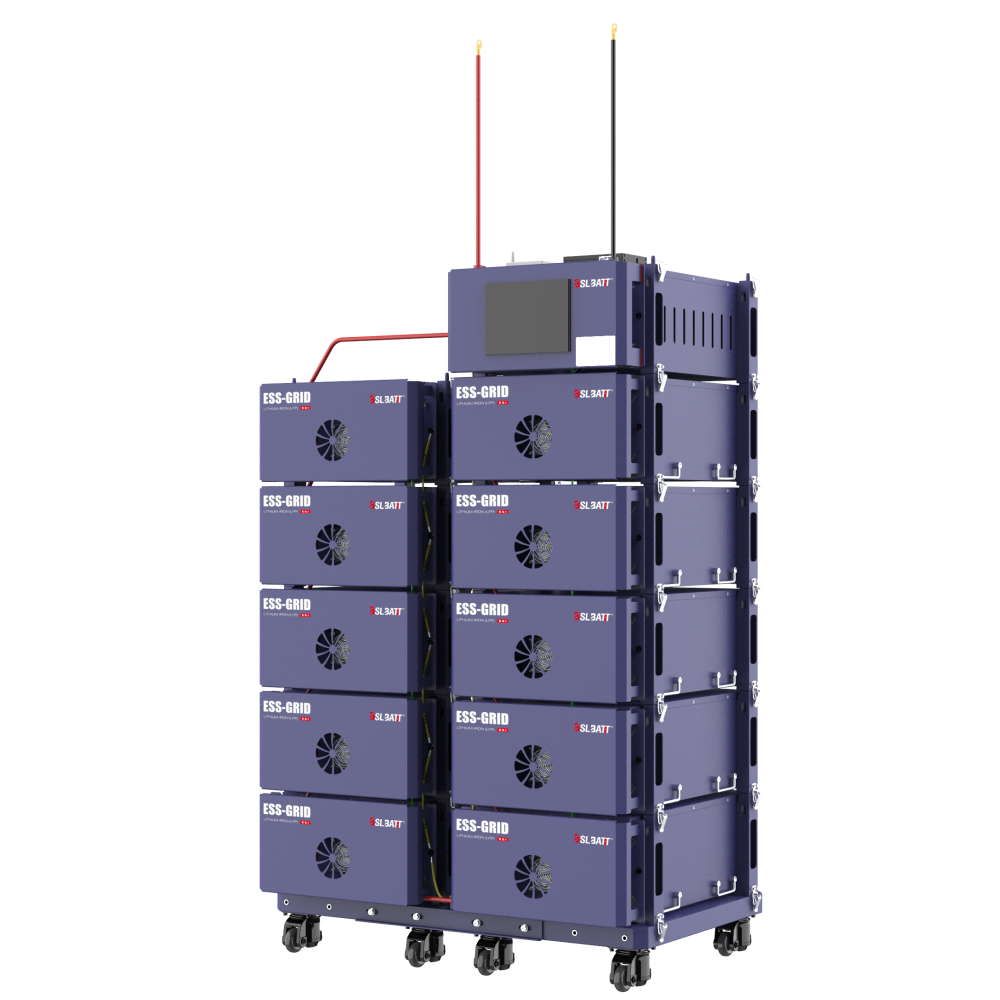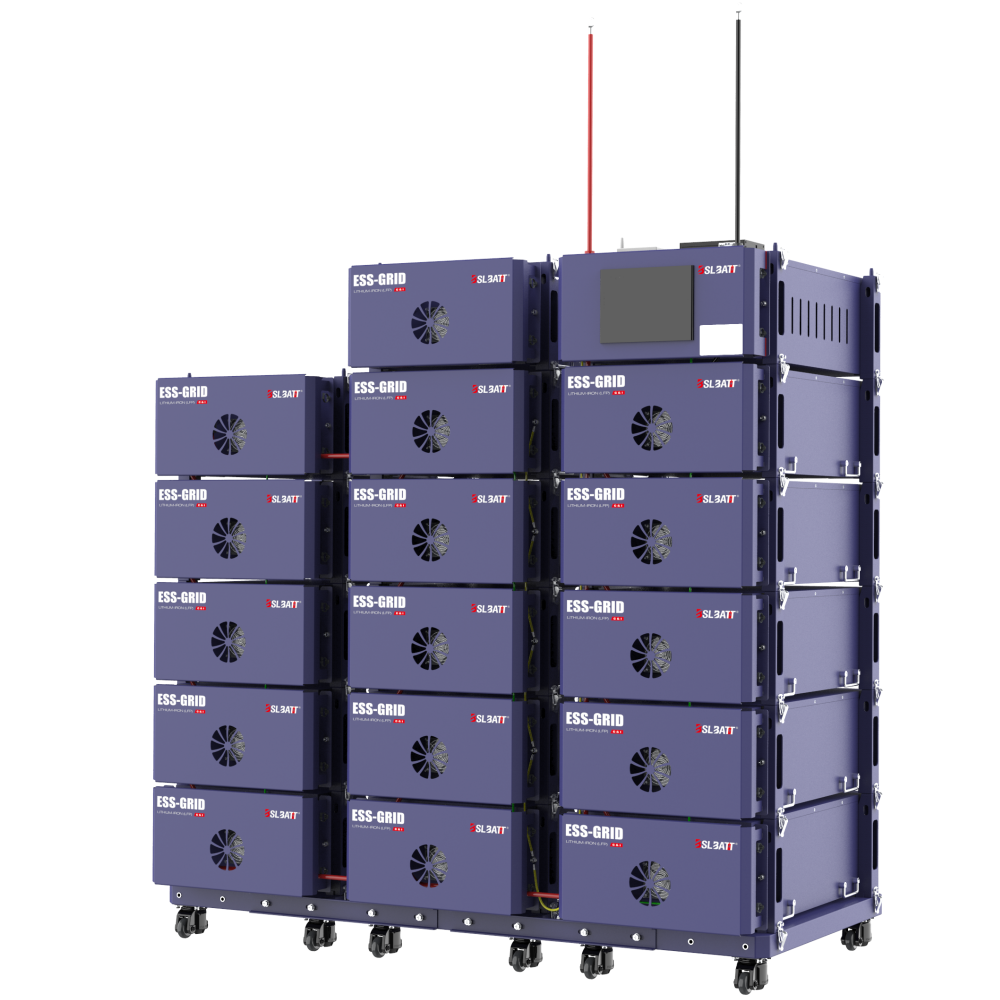Commercial & Industrial Battery Storage
Commercial & Industrial Battery Storage
Take control of your energy costs with BSLBATT commercial and industrial battery storage. Designed to replace diesel generators, they deliver clean, quiet, and reliable energy for islands, communities, and businesses—supporting the shift to sustainable power with solar and battery storage.
contact US
Frequently Asked Questions about Commercial Battery Storage Systems
What is a commercial energy storage system?
A commercial energy storage system stores electricity for later use, helping businesses reduce costs and improve energy efficiency. It is widely used in factories, shopping centers, and data centers.
What are the benefits of commercial battery storage systems?
Commercial battery storage systems lower electricity costs, enhance power reliability, and support renewable energy integration. They also provide backup power during outages, ensuring uninterrupted operations.
Where are industrial energy storage solutions used?
Industrial energy storage is commonly used in manufacturing, logistics, hospitals, and office buildings. These systems help businesses manage energy demand and reduce peak-time electricity charges.
What types of commercial energy storage batteries are available?
Common options include lithium iron phosphate (LiFePO4), ternary lithium, and lead-acid batteries. BSLBATT ESS-GRID series are known for their high safety, long lifespan, and fast charging capabilities.
Why is commercial and industrial energy storage growing?
With rising energy costs and a push for sustainability, demand for commercial and industrial energy storage is increasing. BSLBATT energy storage solutions help businesses optimize energy use and reduce operational costs.
What are the common types of commercial energy storage batteries?
The most common commercial energy storage batteries include lithium iron phosphate (LiFePO4) batteries, ternary lithium batteries, and lead-acid batteries. Among them, BSLBATT commercial lithium batteries are preferred for their high safety, fast charging capability, and extended lifespan.
What is the market outlook for commercial and industrial energy storage?
With the growing adoption of renewable energy, the demand for commercial and industrial energy storage continues to rise. Many commercial energy storage systems and industrial battery solutions have been deployed globally, helping businesses enhance energy independence and gain a competitive edge in the energy sector. BSLBATT commercial energy storage systems are at the forefront of this transition, offering innovative and reliable battery technology.









